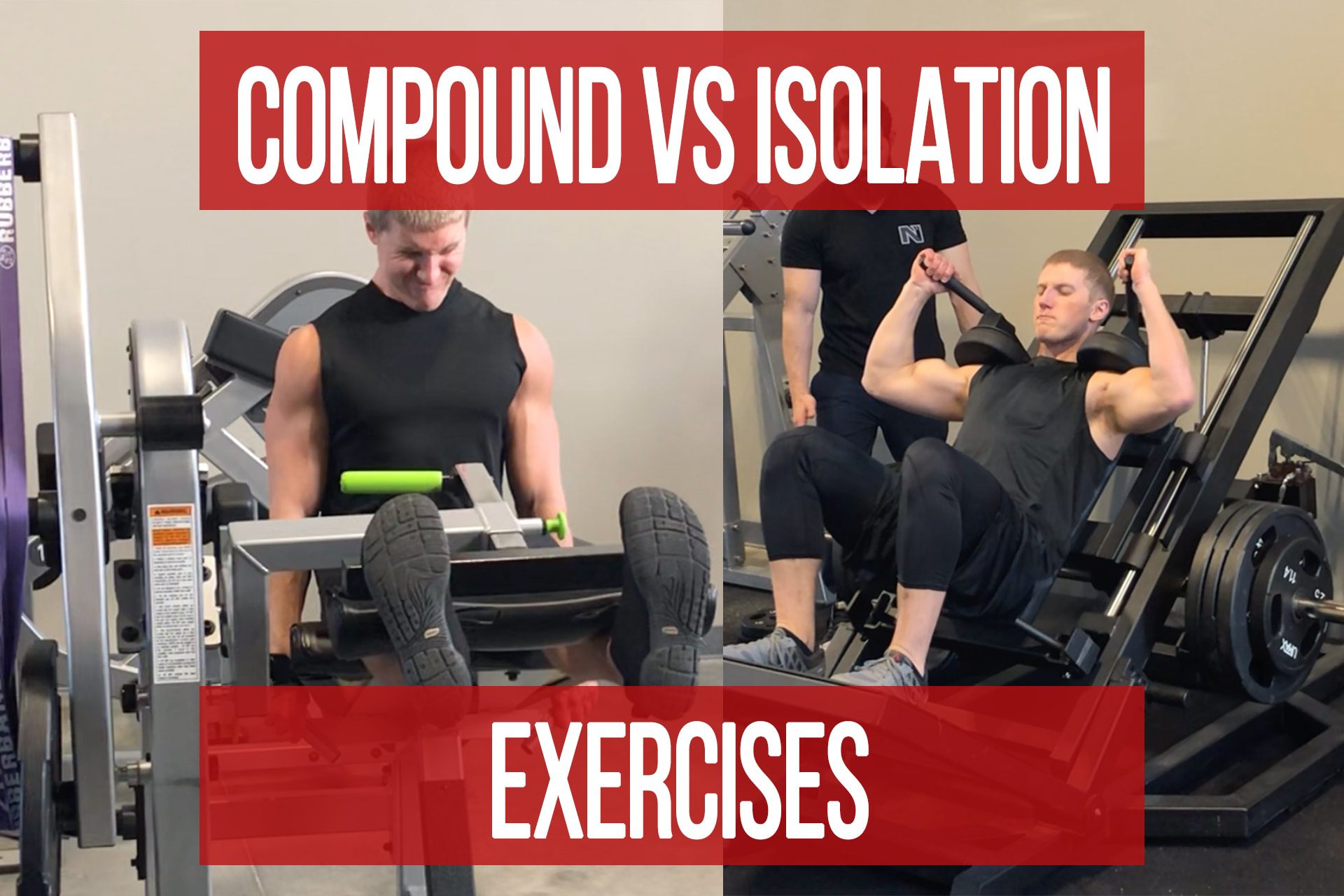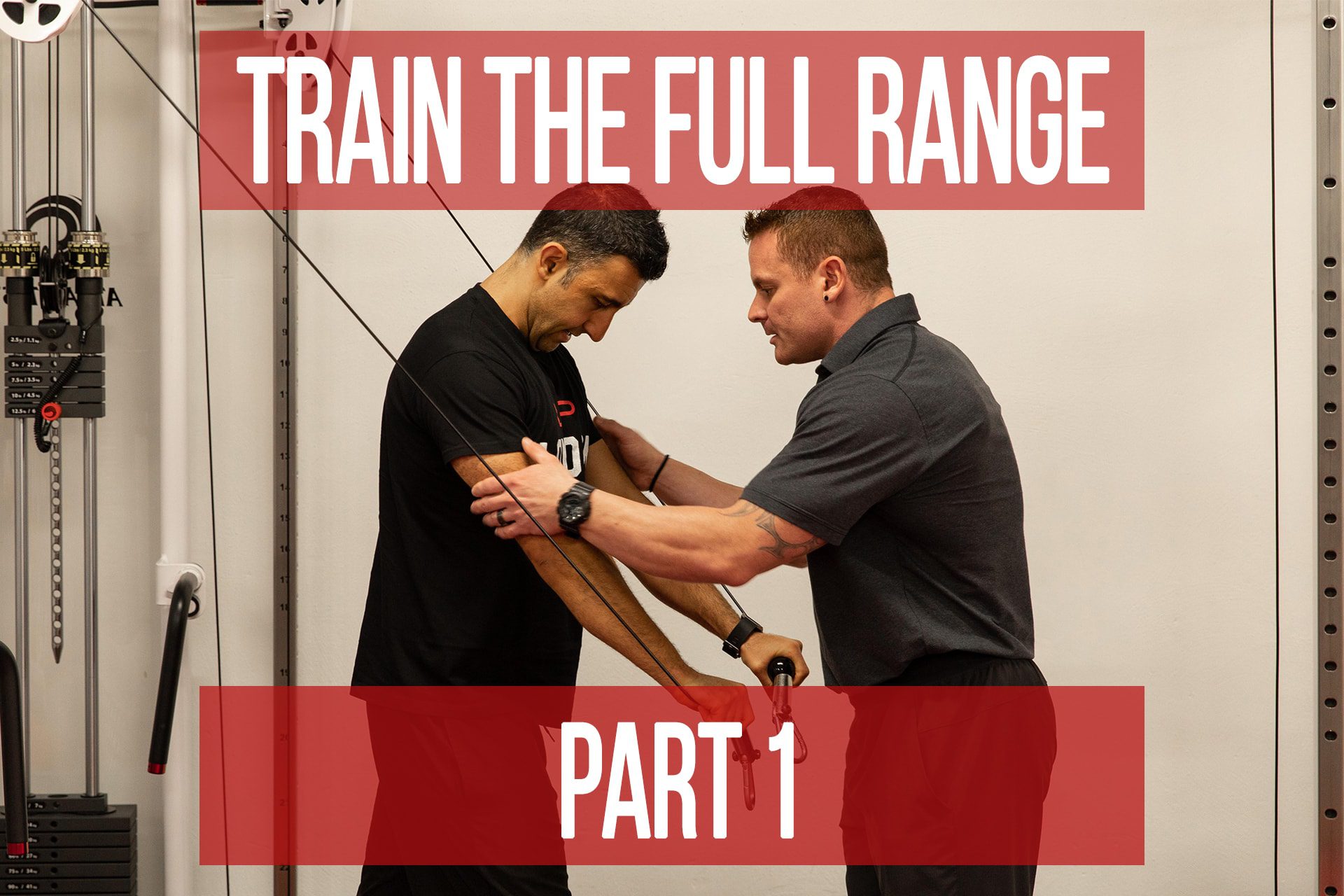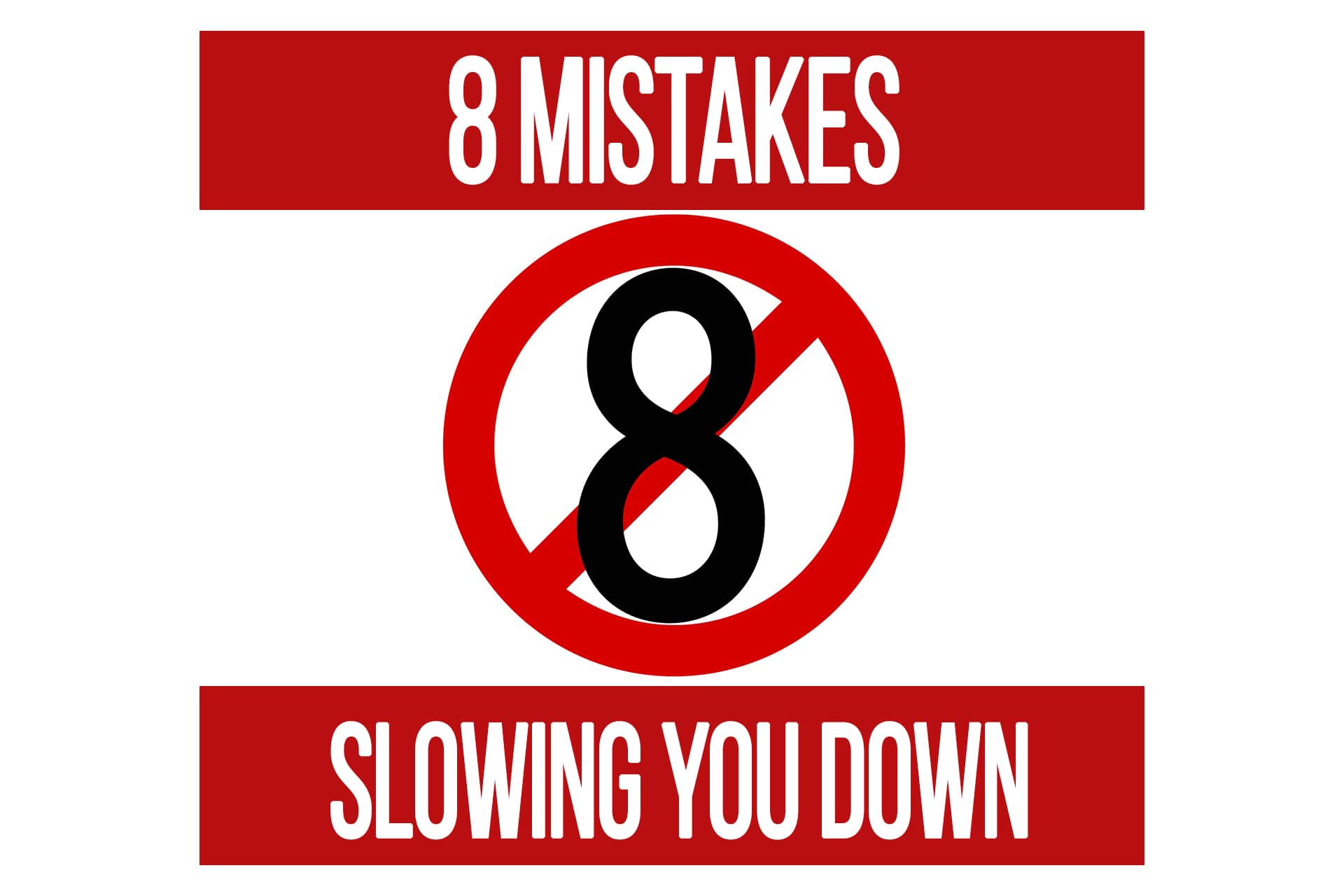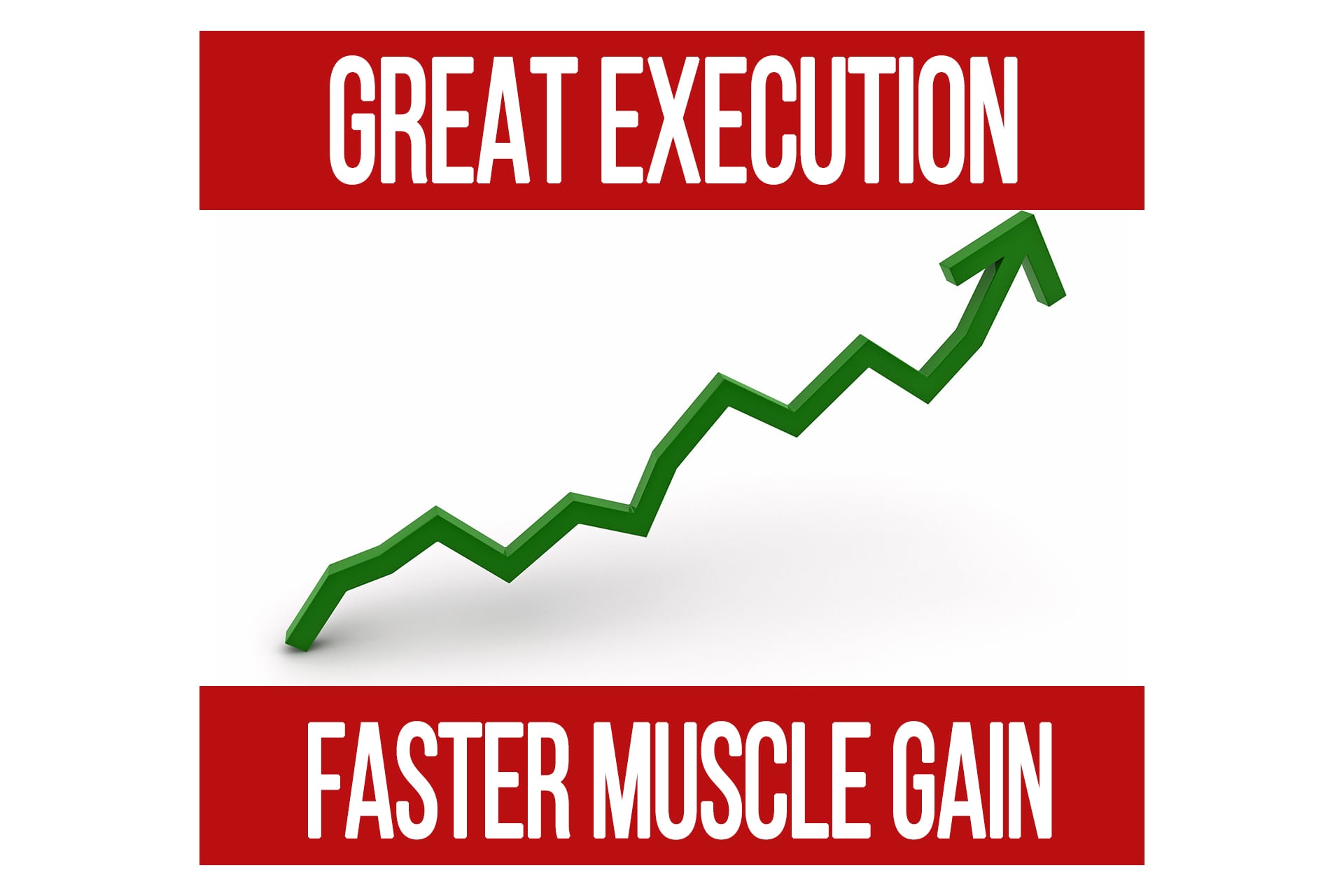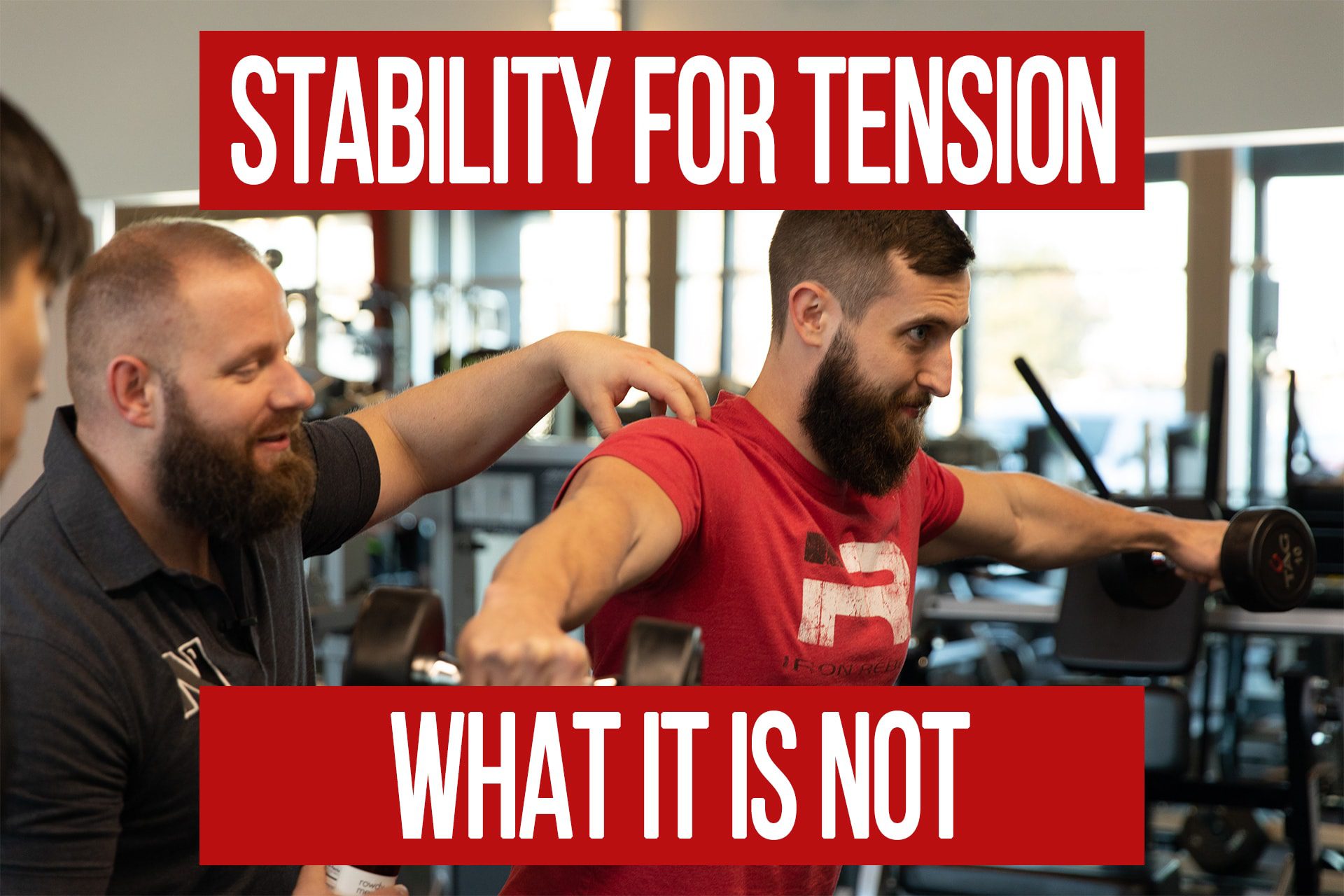What is Execution & Why Does it Matter?
n1 training
Execution in an exercise program is often overlooked. By definition execution is the carrying out of a plan, order, or course of action. In exercise we define it as the way we perform a movement or particular exercise and the stress that muscle is receiving. Some will say it is not important when building muscle or seeing gains in the gym. Primarily because we tend to think adding more load(weight) or increasing the sets/reps will provide us with the biggest gains over time. To some extent this can be true but eventually those gains you are seeing will start to plateau.
Learning proper execution gives you the power to put tension on the target muscle you’re trying to train and guarantee long-term progress with the right programming.
What Happens During An Exercise?
During a exercise, training variables (sets, reps, tempo, rest periods, etc) do matter, but only after you have mastered execution. Without it, other muscle groups will be contributing to the movement and less tension will be created in the target muscle group. In turn, you will have to do more reps and sets to get the same training effect resulting in longer time to recover between workouts. Your ability to execute movements properly will play a great deal into your ability to move loads with the tissue you are trying to work.
The combination of execution and intensity for any exercise will help to achieve the stimulus needed to create an adaptation. To maximize the benefits of each rep, you will have to maintain tempo and tension. Hence the importance of execution.
Common Mistakes In Execution
A common mistake is to focus so hard on executing the movement that it prevents your ability to produce enough intensity into your reps. When you focus so hard on execution you can inhibit your bodies ability to focus on anything else. Thus, limiting the amount of intensity or force you can produce in the movement. In some cases, we see too much emphasis on the contraction or the coaching cue “squeeze”.
Another common mistake is moving heavy weight with no thought on tension in the specific muscle. This can also lead to plateaus in strength, hypertrophy, or fat loss. Mainly because you are putting more emphasis on the passive tissues of the joint, which are helping the primary muscle to move the heavy load. Over time, this could lead to inhibition or instability in that joint. Weight is an important tool, but only after you have mastered how to execute the movement to its fullest potential. Once you can execute the movement you have earned the right to lift heavier loads.
Is Execution Important During Just Hypertrophy Training?
More often than not we think execution is only important for hypertrophy training, but this is not the case.
Execution is not specific to any certain training phase. In fact, knowing how to competently execute an exercise is going to be crucial for any training stimulus. Executing a exercise is crucial, and as we change other training variables like tempo, rep schemes, etc., it will make it easier to focus on those variables if your execution is spot on. Establishing proper execution will make it effortless to focus on the other aspects of your training program.
I Have Years of Training Experience, I Don’t Need Any Help With Execution
From beginner to advanced trainees it is necessary to evaluate your execution. More often than not we see people who have either developed bad habits themselves, been taught by an inexperienced trainer/coach horrible execution, or just watched videos, pictures, on how to perform a exercise. With muscle memory we retain those bad practices, unless we make a conscious effort to change them.
In Conclusion
If you are unsure your exercise execution is correct here are a few simple tips. First, think to yourself what muscle group am I training and am I really feeling the work in that given muscle. If your answer is “no” then your execution is the first place you want to visit. Second, if you have a trainer/coach, have them look at your execution and analyze it for you. A good trainer/coach will be able to identify what you are doing wrong and give you cues and tips to really feel the working muscle. Finally, don’t forget to check out our exercise library HERE . We have hundreds of exercise videos to help you improve your execution.
Execution in an exercise program is often overlooked. By definition execution is the carrying out of a plan, order, or course of action. In exercise we define execution as the way we perform a movement or particular exercise and the stress that muscle is receiving.
Some will say execution is not important when building muscle or seeing gains in the gym. Primarily because we tend to think adding more load(weight) or increasing the sets/reps will provide us with the biggest gains over time. To some extent this can be true but eventually those gains you are seeing will start to plateau.
Learning proper execution gives you the power to put tension on the target muscle you’re trying to train and guarantee long-term progress with the right programming.
What Happens During An Exercise?
During a exercise, training variables (sets, reps, tempo, rest periods, etc) do matter, but only after you have mastered execution. Without proper execution, other muscle groups will be contributing to the movement and less tension will be created in the target muscle group.
In turn, you will have to do more reps and sets to get the same training effect resulting in longer time to recover between workouts due to the excess work, or junk volume. Your ability to execute movements properly will play a great deal into your ability to move loads with the tissue you are trying to work.
The combination of execution and intensity for any exercise will help to achieve the stimulus needed to create an adaptation. To maximize the benefits of each rep, you will have to maintain tempo and tension. Hence the importance of execution.
Common Mistakes In Execution
A common mistake is to focus so hard on execution that it prevents your ability to produce enough intensity in your reps. When you focus so hard on execution you can inhibit your bodies ability to focus on anything else. Thus, limiting the amount of intensity or force you can produce in the movement. In some cases, we see too much emphasis on the contraction or the coaching cue “squeeze”. Once execution is correct, load will beat intent. For a full breakdown with the science, WATCH THIS VIDEO.
Another common mistake is moving heavy weight with no thought on tension in the specific muscle. This can also lead to plateaus in strength, hypertrophy, or fat loss. Mainly because you are putting more emphasis on the passive tissues of the joint, which are helping the primary muscle to move the heavy load. Over time, this could lead to inhibition or instability in that joint. Weight is an important tool, but only after you have mastered how to execute the movement to its fullest potential. Once you can execute the movement you have earned the right to lift heavier loads.
Is Execution Important During Just Hypertrophy Training?
More often than not we think execution is only important for hypertrophy training, but this is not the case.
Execution is not specific to only a certain training phase. In fact, knowing how to competently execute an exercise is going to be crucial for any training stimulus. Executing an exercise is crucial, and as we change other training variables like tempo, rep schemes, etc., it will make it easier to focus on those variables if your execution is spot on. Establishing proper execution will make it effortless to focus on the other aspects of your training program.
I Have Years of Training Experience, I Don’t Need Any Help With Execution
From beginner to advanced trainees it is necessary to evaluate your execution. More often than not we see people who have either developed bad habits themselves, been taught by an inexperienced trainer/coach horrible execution, or just watched videos, or social media pictures, on how to perform an exercise. With muscle memory we retain those bad practices, unless we make a conscious effort to change them.
Conclusion
If you are unsure your exercise execution is correct here are a few simple tips. First, think to yourself what muscle group am I training and am I really feeling the work in that given muscle more so than anywhere else. If your answer is “no” then your execution is the first place you want to visit. Second, if you have a trainer/coach, have them look at your execution and analyze it for you. A good trainer/coach will be able to identify what you are doing wrong and give you cues and tips to really feel the working muscle.
Finally, don’t forget to check out our exercise library HERE . We have hundreds of detailed exercise videos to help you improve your execution.
Please Log In to Submit Your Question
Compound VS Isolation Exercises for Beginners
videoBody Composition Foundation FREE Hypertrophy Program Design TrainingHow Great Execution Makes It Easier to Gain Muscle
articleBody Composition Execution and Technique Foundation FREE Training
Popular Pages
Learn & Train With Us
Add N1 Training to your Homescreen!

Please log in to access the menu.
